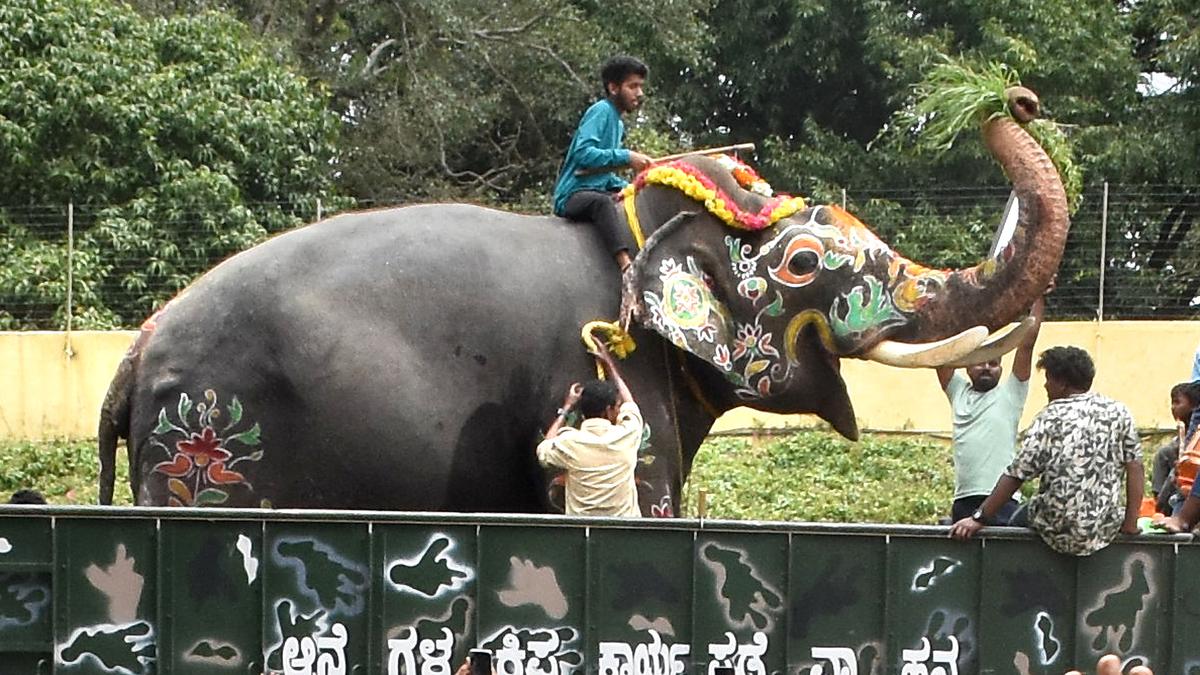By The Hindu Bureau
Copyright thehindu

As elephant Abhimanyu headed back to Mathigodu camp from Mysuru on Sunday after the completion of his ceremonial role as the howdah-carrying jumbo during Dasara, memories of his predecessors who had graced the occasion in the past were evoked.
The immediate predecessors of Abhimanyu were Arjuna, Balarama, and Drona in that order — remembered as iconic howdah carriers who were the face of Mysuru Dasara during the last few decades.
The legendary Drona carried the howdah for a record 18 times and set the standard for discipline and composure through the 1980s and 1990s.
He was followed by Balarama, who carried the howdah for 13 consecutive years. Balarama’s successor was Arjuna, whose untimely death in a combing operation in Hassan in December 2023 is still mourned by many. Together, they personified Karnataka’s traditions and culture as displayed during the Dasara festival.
Other elephants that left an indelible mark included Jayamartanda, who participated in the Dasara from 1870 to 1915 and carried Chamaraja Wadiyar X and Krishnaraja Wadiyar IV.
After his demise, the main entrance gate of the Mysuru palace, facing east, was named after him. After Jayamartanda, there were others including Vijaybahadur, Nanjunda, Ramprasad, and Motilal.
But according to the Forest Department, which maintains a record of elephants in captivity, it was Irawata who gained international fame in subsequent years. It was featured in the Hollywood movie The Elephant Boy in 1937 which also launched the career of Sabu, the son of an elephant mahout from H.D. Kote.
After Irawata, Biligiri was chosen for the task and it is reckoned to be the last elephant to have carried the Maharaja on its back.
The first elephant to carry the howdah with the idol of Goddess Chamuneshwari was Rajendra. This elephant was also featured in Rajkumar’s hit Gandhada Gudi. Then came Drona, who carried the golden howdah from 1980 through 1998, until its tragic demise in Nagarahole after coming into contact with a live electric wire.